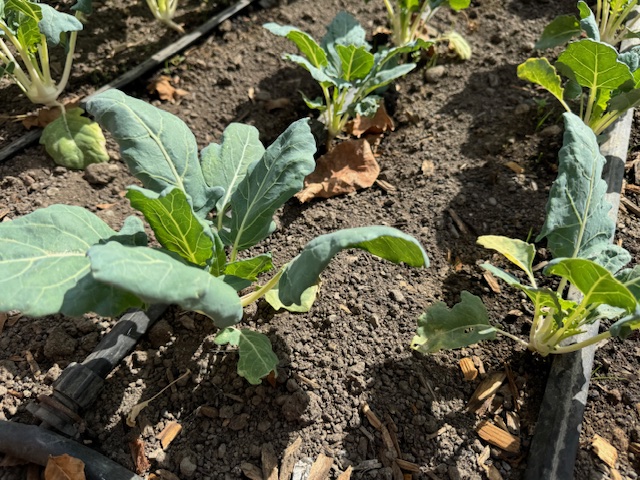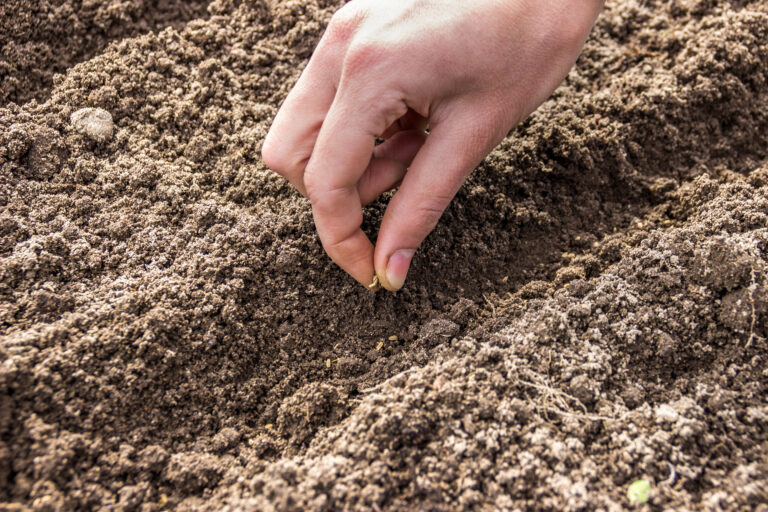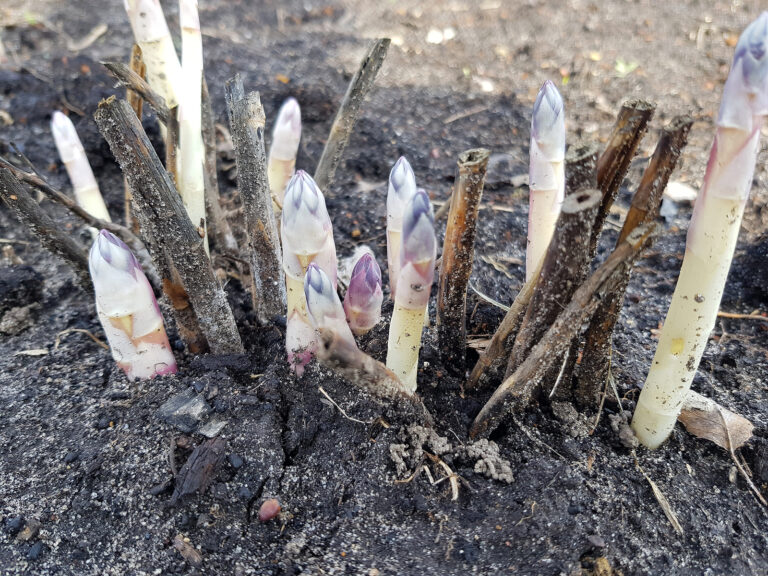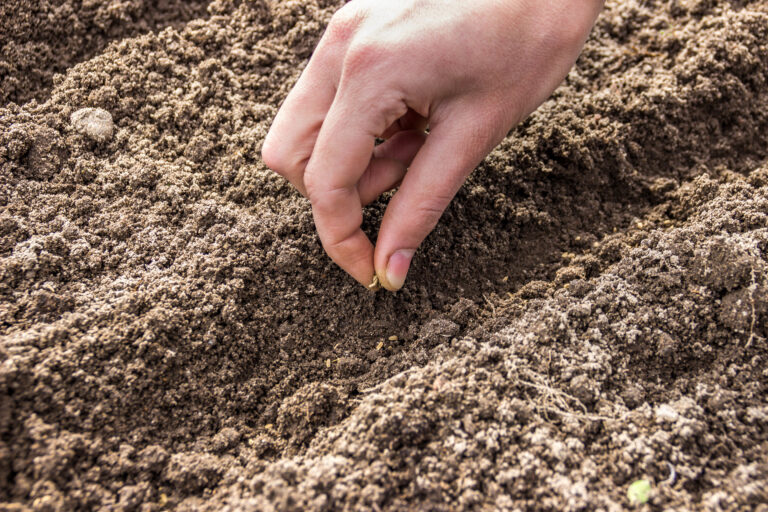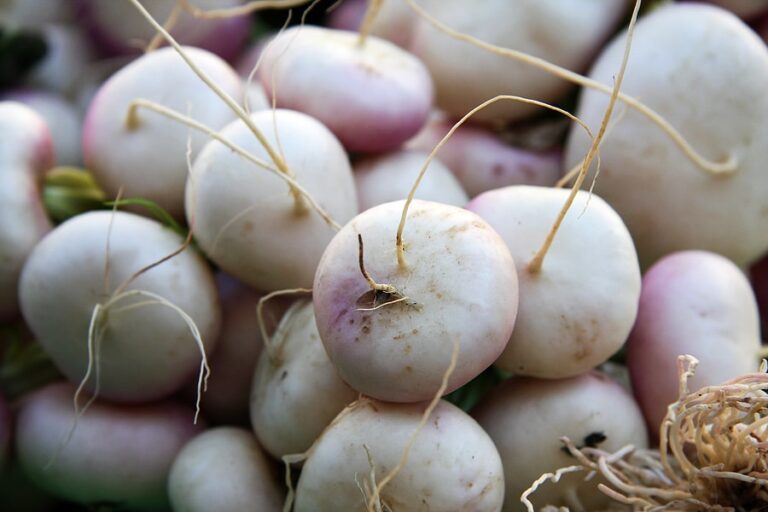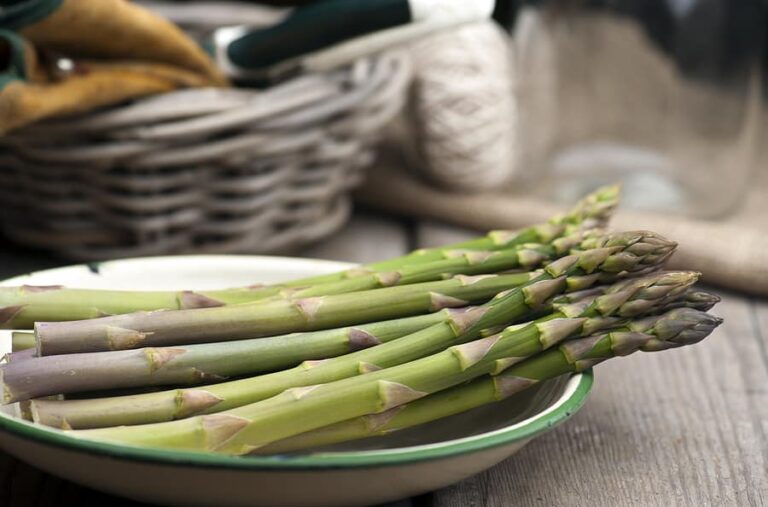Kohlrabi Care and Maintenance: Step-by-Step Guide
Kohlrabi is a versatile, cool-season vegetable that rewards consistent care. With over 30 years of gardening experience in California’s Central Valley and Sonoma Valley, I’ve found that healthy, productive kohlrabi depends on proper watering, soil fertility, spacing, and pest management. In this step-by-step guide, I’ll walk you through everything needed to keep kohlrabi plants strong and productive.
Step 1: Watering
Kohlrabi requires consistent moisture to develop tender, flavorful bulbs. Aim for about 1–1.5 inches of water per week.
- Use drip irrigation or soaker hoses to water the roots directly.
- Avoid overhead watering to prevent leaf diseases.
- Mulch with straw or shredded leaves to conserve moisture.
💡 Experience Tip: Deep, infrequent watering encourages stronger roots than frequent shallow watering.
Step 2: Fertilizing
Kohlrabi is a heavy feeder. Proper fertilization promotes robust growth and large bulbs.
- Before planting: Incorporate compost or aged manure into the soil.
- During growth: Side-dress with organic fertilizer every 3–4 weeks.
- Nitrogen-rich fertilizers help develop leafy growth and large bulbs.
💡 Experience Tip: I balance organic soil amendments with light supplemental feeding for steady growth without stressing plants.
Step 3: Mulching and Weeding
- Apply 2–3 inches of mulch to retain soil moisture, reduce weeds, and maintain a stable soil temperature.
- Remove weeds regularly to prevent competition for nutrients and water.
💡 Experience Tip: Keeping the base of the plant free from weeds improves airflow and reduces pest pressure.
Step 4: Pruning and Thinning
- Thin seedlings early to prevent overcrowding and allow bulbs to grow fully.
- Remove yellowing or damaged leaves to maintain plant health.
- Blanching leaves is optional if you want milder, tender stems.
Step 5: Pest and Disease Management
Common kohlrabi pests include:
- Aphids – spray with water or insecticidal soap.
- Cabbage worms – handpick or use row covers.
- Flea beetles – apply diatomaceous earth or use covers.
Diseases to watch for:
- Clubroot – rotate crops and raise soil pH.
- Downy mildew – improve spacing and airflow.
- Black rot – remove infected leaves promptly.
💡 Experience Tip: Frequent observation and early intervention prevent most serious infestations.
Step 6: Harvesting
- Harvest when bulbs reach 2–3 inches in diameter for best flavor and texture.
- Outer leaves can be eaten while leaving the center bulb to continue growing.
💡 Experience Tip: Regular harvesting encourages continuous growth and prevents bulbs from becoming woody.
My Experience
Caring for kohlrabi involves regular watering, feeding, mulching, thinning, and pest management. Following these steps—backed by decades of hands-on experience—ensures strong, healthy plants with tender, flavorful bulbs. Consistent care allows kohlrabi to thrive in both garden beds and containers, providing a reliable harvest all season.
Kohlrabi Care & Maintenance Checklist
✅ Watering
- Provide 1–1.5 inches per week (drip irrigation or soaker hoses preferred).
- Water in the morning to reduce disease risk.
- Mulch to retain soil moisture.
✅ Fertilizing
- Before planting: mix in 2–3 inches compost or aged manure.
- During growth: side-dress with organic fertilizer every 3–4 weeks.
- Use nitrogen-rich fertilizers for strong leaves and bulbs.
✅ Mulching & Weeding
- Apply 2–3 inch mulch layer around plants.
- Remove weeds regularly to reduce competition and improve airflow.
✅ Pruning & Thinning
- Thin seedlings to 8–12 inches apart to allow bulbs to develop.
- Remove yellowing or damaged leaves.
✅ Pest & Disease Management
- Inspect leaves for aphids, cabbage worms, and flea beetles.
- Use row covers, insecticidal soap, or diatomaceous earth as needed.
- Monitor for clubroot, downy mildew, and black rot.
✅ Harvesting & Ongoing Care
- Harvest bulbs when 2–3 inches in diameter for best flavor.
- Outer leaves can be harvested while leaving the center bulb to grow.
- Continue regular watering, feeding, and pest inspection.
💡 Gardener’s Tip from Experience:
Consistent care—especially proper watering, thinning, and early pest intervention—keeps kohlrabi productive and tender throughout the season.
Kohlrabi Growing Hub
Start here: The Ultimate Guide to Growing Kohlrabi: From Seed to Harvest
🌱 Planning & Varieties
- Best Kohlrabi Varieties to Grow in Your Garden – Compare early, late, and specialty varieties for flavor, color, and growth speed.
- When to Plant Kohlrabi: Seasonal Planting Guide – Spring, summer, and fall planting windows for cool, crisp bulbs.
- Kohlrabi Companion Planting: Best and Worst Neighbors – Plants that boost growth or deter pests naturally.
- Growing Kohlrabi in Containers and Small Spaces – Pot size, soil mix, and care for urban gardens.
🌿 Seed Starting & Transplanting
From seed to sturdy seedlings.
- Kohlrabi Seed Starting Tips – Germination tips, soil temperature, and timing for successful strong plants.
- How to Transplant Kohlrabi Seedlings Successfully – Hardening off, spacing, and planting depth for seedlings.
- Kohlrabi Spacing and Layout for Maximum Yield – Row vs. raised bed spacing, companion planting considerations.
🌾 Care & Maintenance
Tips for strong growth and pest-free plants.
- How to Water Kohlrabi for Healthy Growth – Deep watering, frequency, and tips for preventing bulb splitting.
- Fertilizing Kohlrabi: Tips for Bigger, Sweeter Bulbs – Organic and synthetic feeding strategies, nitrogen needs, and timing.
- Kohlrabi Care and Maintenance: Step-by-Step Guide – Mulching, thinning, pruning, and ongoing plant care tips.
- Common Kohlrabi Pests and Diseases and Natural Control Methods – Aphids, cabbage worms, clubroot, and preventive strategies.
🥗 Harvesting & Storing
Ensure top flavor and long-lasting storage.
- How to Harvest and Store Kohlrabi – Bulb size, leaf use, and storage timing.
🍽 Using Your Harvest
Inspired ways to enjoy their crop.
- Ten Ways to Cook and Serve Kohlrabi – How to prepare, cook, and enjoy kohlrabi leaves and bulbs.

